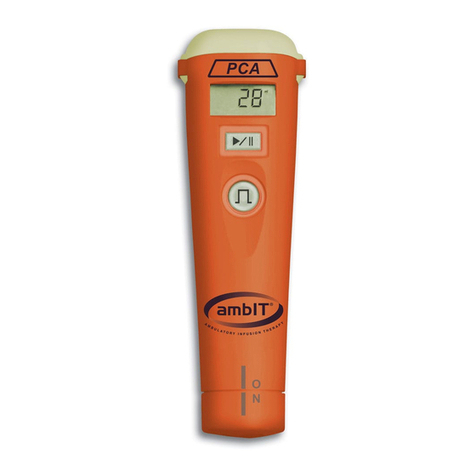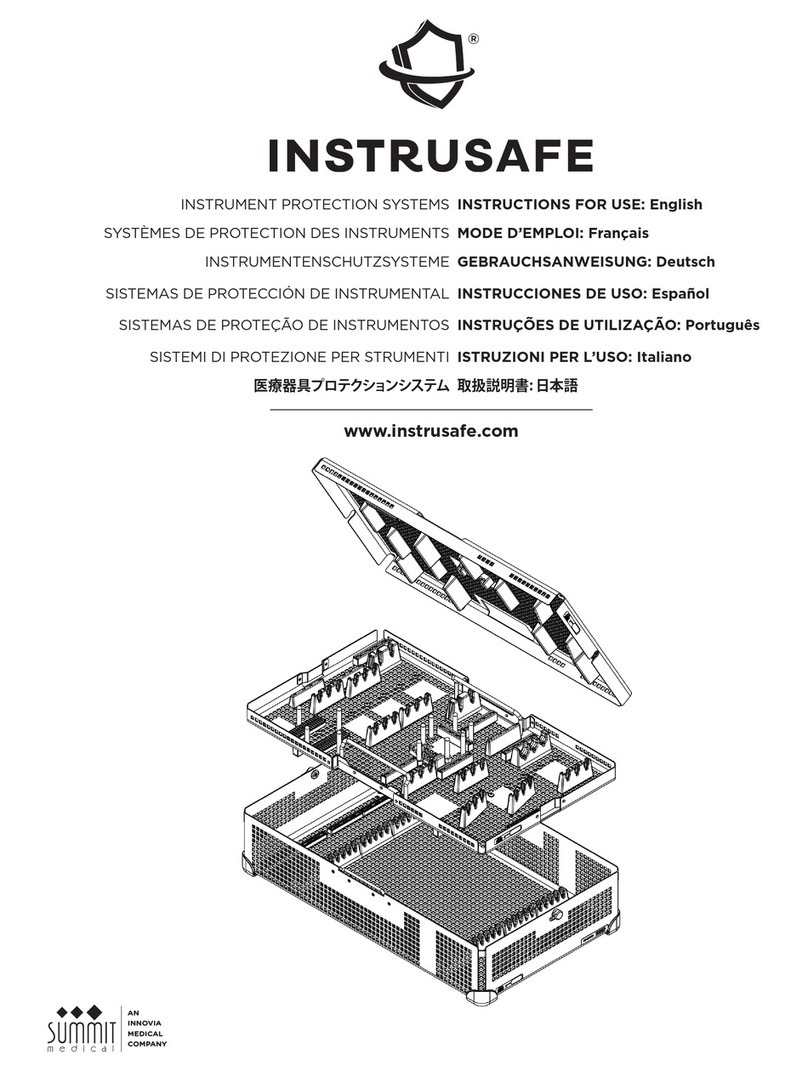
i
Table of Contents
SECTION 1 - INTRODUCTION........................................................................................................1
1.1 Definitions and Symbols.......................................................................................................1
1.1.1 Definitions ....................................................................................................................1
1.1.2 Definition of Symbols..................................................................................................2
1.2 Warnings.................................................................................................................................7
1.2.1 Sterile, Disposable (Single-Use) Administration Set ..............................................8
1.2.2 Protection From Air Infusion.....................................................................................8
1.2.3 Protection From Unintended Bolus ..........................................................................9
1.2.4 Use of ambIT
®
PIB Pumps in MRI Environment ....................................................9
1.3 Indications for Use.................................................................................................................9
1.4 Product Description ............................................................................................................10
1.4.1 Product Overview .....................................................................................................10
1.4.2 ambIT
®
Pump User Interface ...................................................................................18
1.4.3 ambIT
®
Cassette .........................................................................................................18
SECTION 2 - SET UP .........................................................................................................................20
2.1 Required Materials ..............................................................................................................20
2.2 ambIT
®
Cassette ...................................................................................................................21
2.3 Priming the Cassette ...........................................................................................................21
2.4 Attach Cassette to Pump ....................................................................................................24
2.5 Remove Cassette from Pump.............................................................................................24
2.6 Changing Fluid Reservoir ..................................................................................................25
2.7 Battery Installation and Replacement...............................................................................25
2.7.1 Battery Installation ....................................................................................................25
2.7.2 Battery Replacement .................................................................................................26
2.8 Pump Power On and Off....................................................................................................27
SECTION 3 - PROGRAMMING INSTRUCTIONS ....................................................................28
3.1 General Information............................................................................................................28
3.2 Program Options .................................................................................................................29
3.2.1 PCA Mode ..................................................................................................................29
3.2.2 PIb Mode.....................................................................................................................34
3.2.3 P+P Mode....................................................................................................................37
3.3 Program Review...................................................................................................................42
SECTION 4 - OPERATING INSTRUCTIONS .............................................................................43
4.1 Start Infusion........................................................................................................................43
4.1.1 PCA Mode Start Infusion .........................................................................................43
4.1.2 PIb Mode Start Infusion............................................................................................43
4.1.3 P+P Mode Start Infusion ..........................................................................................44
4.2 Pause Infusion......................................................................................................................44
4.3 Resume Infusion ..................................................................................................................44
4.4 Silence Alarm .......................................................................................................................45
4.5 Bolus Activation...................................................................................................................45
4.6 Summary of Operating Controls.......................................................................................46






























